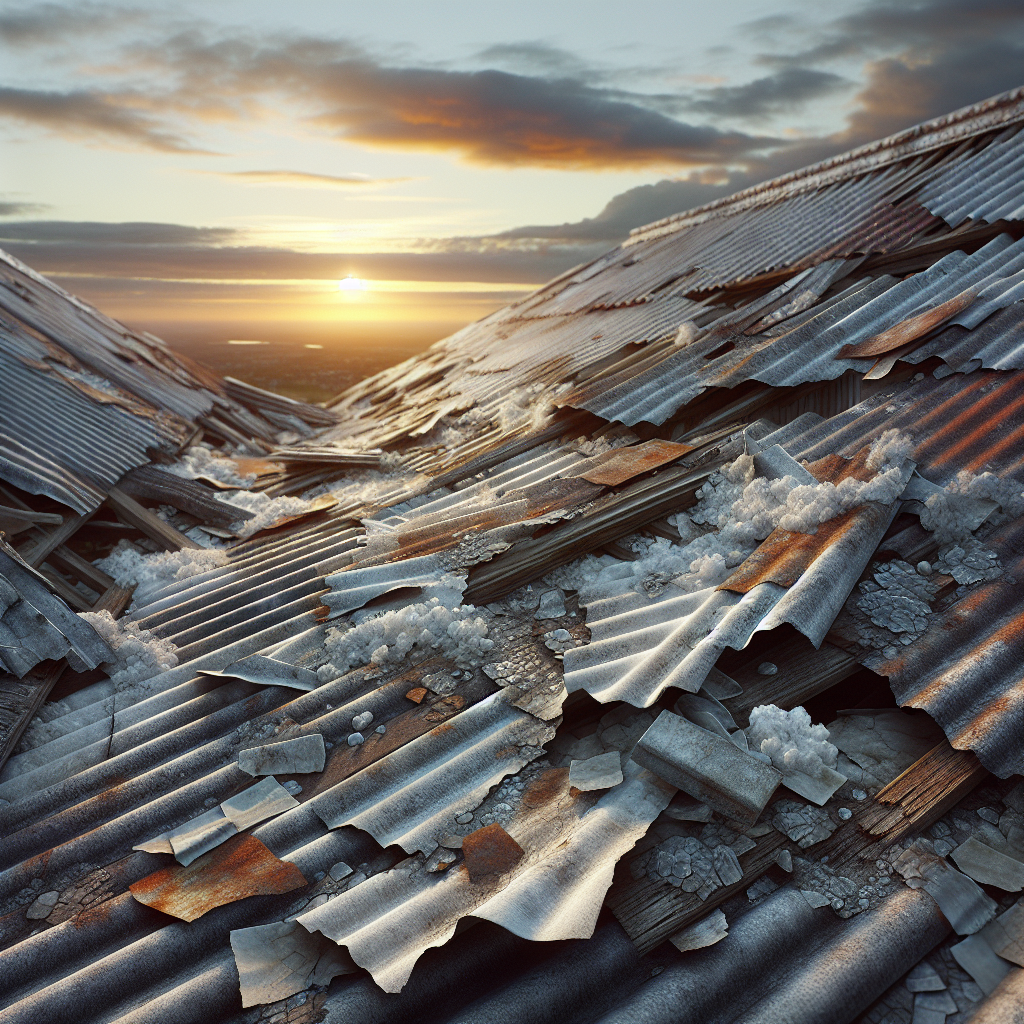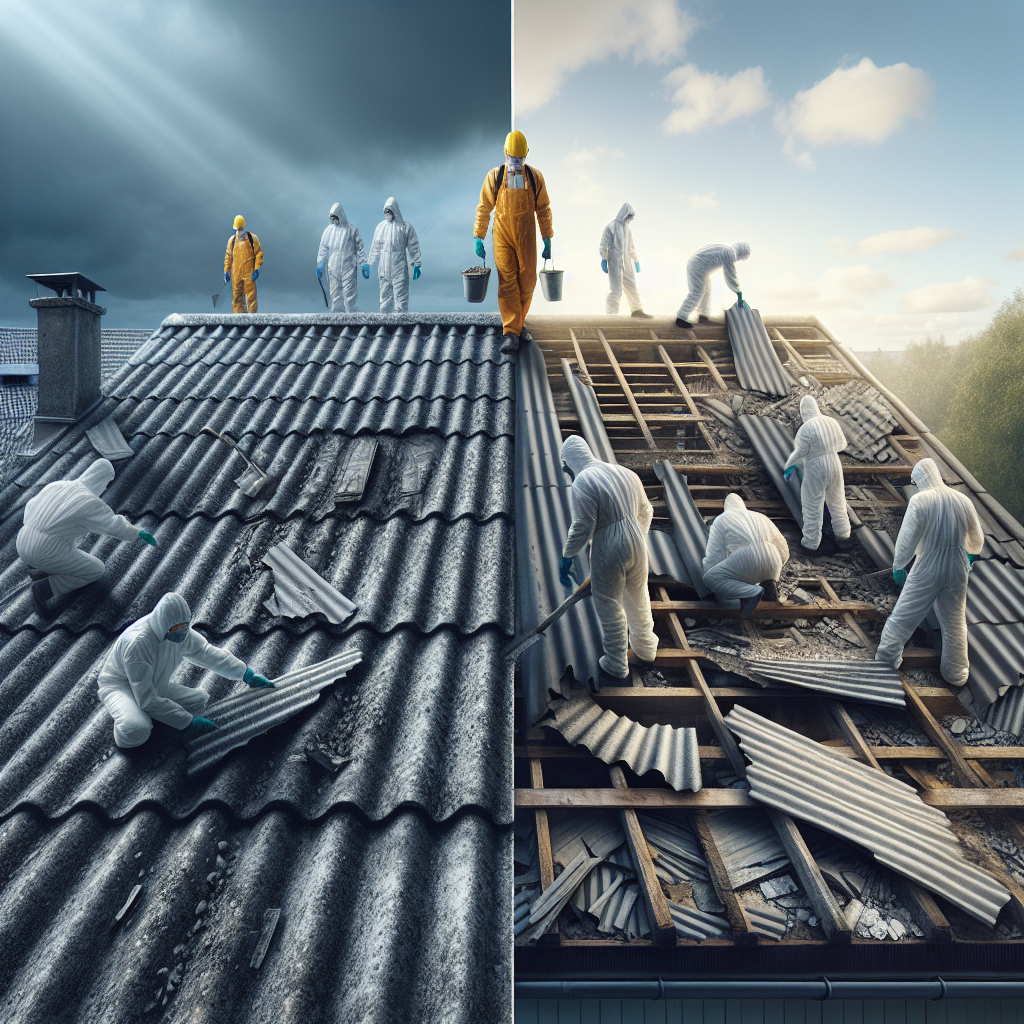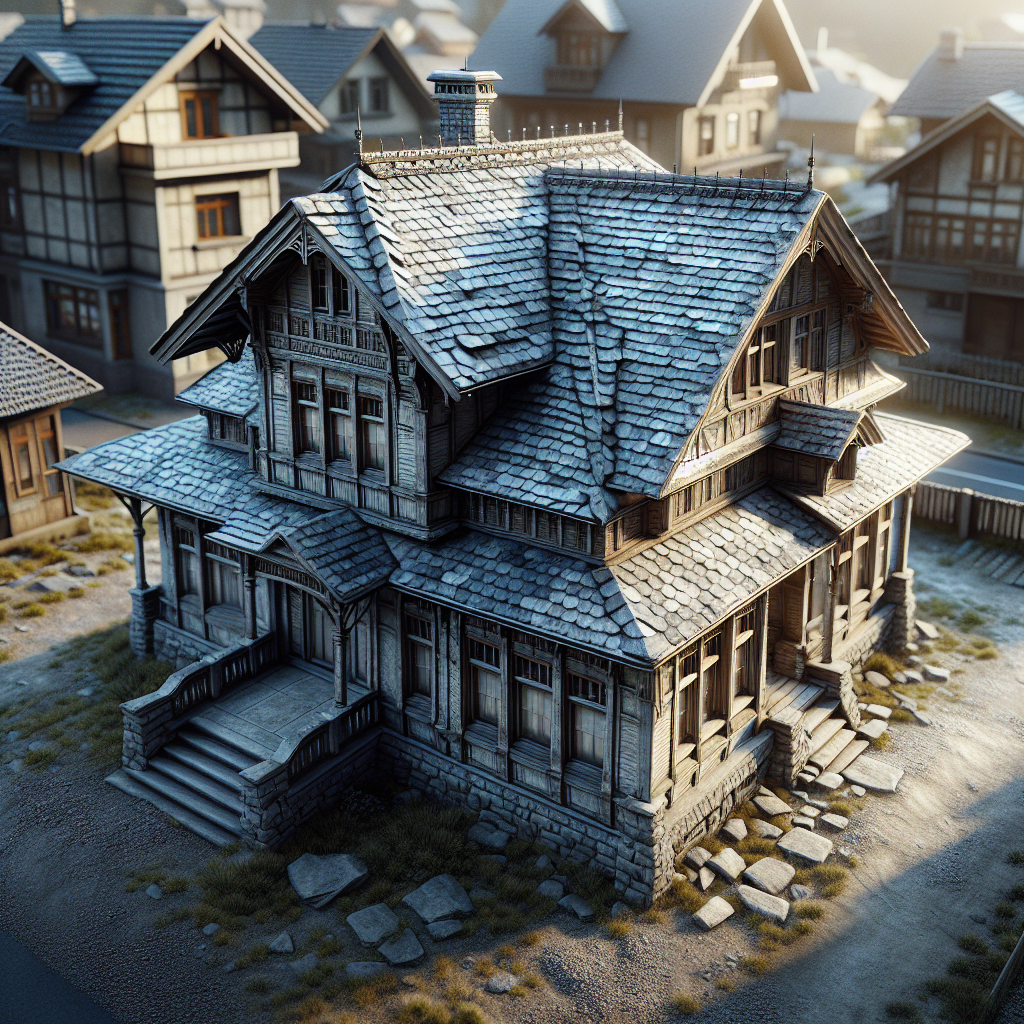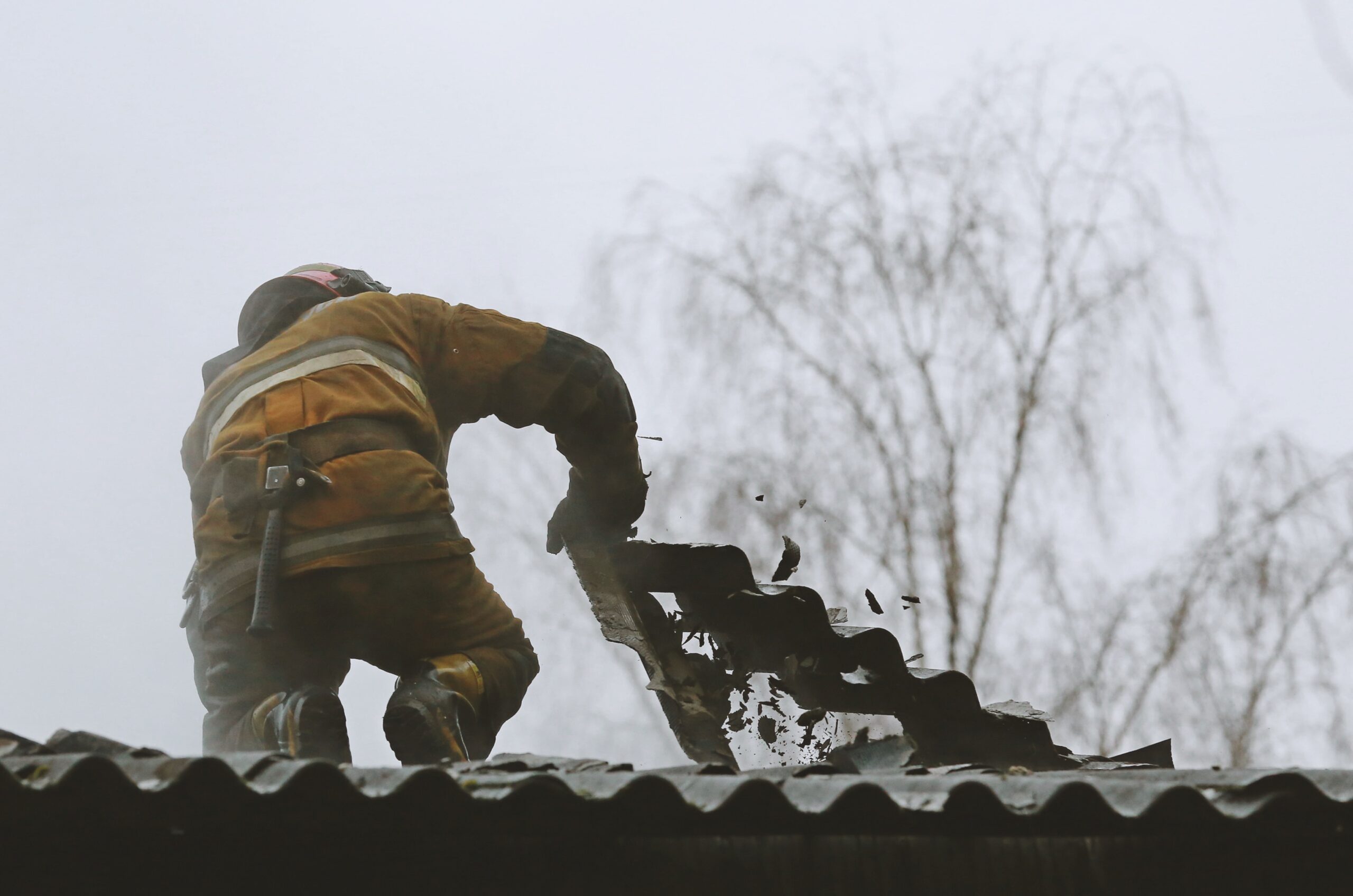
Older buildings with asbestos roofs often pose unseen hazards that become more severe over time. While asbestos was once a popular roofing material due to its durability and fire resistance, the asbestos risk increases as these roofs deteriorate. Weathering, physical damage, and natural aging cause asbestos fibers to become airborne, which can threaten the health of occupants and workers. Recognising the dangers early and taking informed steps is crucial to protecting your property and wellbeing.
Asbestos roofing typically consists of fibrous cement sheets that contain asbestos fibers bound within a cement matrix. Although asbestos fibers are safely contained when intact, aging changes this dynamic.
– Ultraviolet light from sunlight breaks down the cement matrix, weakening the sheet’s surface.
– Rainwater and humidity penetrate cracks, promoting crumbling and erosion.
– Freeze-thaw cycles intensify material fatigue, causing micro-fractures.
– Wind can dislodge loose fragments, releasing fibers into the air.
– Roof repairs, renovations, or accidental breakage disturb asbestos cement sheets.
– Foot traffic on roofs or falling debris may cause cracks.
– Animals and plant roots growing near the roof exacerbate damage.
With continuous exposure, the asbestos fibers become loose and easily inhaled, significantly elevating asbestos risk.
Asbestos fibers released from deteriorating roofs pose serious health problems when inhaled. These microscopic fibers can lodge deep in the lungs, causing chronic medical conditions.
– Asbestosis: Scarring of lung tissue leading to breathing difficulties.
– Lung cancer: Increased risk especially with prolonged exposure.
– Mesothelioma: A rare but aggressive cancer affecting the lining of lungs and abdomen.
The risk is particularly high for those performing roof maintenance without proper protective gear. Families living in asbestos-roofed homes can also face exposure through airborne particles settling indoors.
According to the World Health Organization, there is no safe level of asbestos exposure, which underscores the importance of addressing aging asbestos roofs promptly. [WHO Asbestos Factsheet](https://www.who.int/news-room/fact-sheets/detail/asbestos-elimination-of-asbestos-related-diseases)
Early signs of asbestos roofing deterioration are critical indicators of increased asbestos risk.
– Visible cracks or crumbling sections in asbestos cement sheets.
– Discoloration and chalky surfaces caused by weathering.
– Loose fragments or dust accumulating on gutters or around the building.
– Mold or moss growth trapping moisture and worsening decay.
– Sagging or warping of roofing panels due to material fatigue.
Regular inspections by qualified professionals can detect these indicators before they lead to fiber release.
Managing asbestos risk requires a careful, well-planned approach that balances safety with cost and regulatory compliance.
– Schedule routine visual inspections every 6-12 months.
– Use non-invasive methods like drone surveys to limit disturbance.
– Engage licensed asbestos consultants for detailed risk assessments.
– Keep roofs clean and free from debris that can worsen wear.
– Apply sealants or protective coatings designed specifically for asbestos cement to slow deterioration.
– Ensure gutters and drainage systems function properly to avoid water damage.
– Perform minor repairs with powdered cement mixtures rather than aggressive cutting or drilling.
– Always wear PPE, including respirators rated for asbestos.
– Professionally encapsulate damaged areas to contain fibers.
There comes a point when the asbestos risk outweighs the benefits of maintaining an old roof. Complete replacement is often the safest long-term solution.
– Extensive surface erosion or multiple damaged panels.
– Persistent fiber release despite repairs.
– Structural instability threatening building integrity.
– Eliminates the asbestos risk completely.
– Improves insulation and energy efficiency with modern materials.
– Increases property value and complies with current safety standards.
Hiring licensed asbestos removal specialists ensures safe dismantling and disposal according to environmental regulations.
Whether maintaining or replacing an asbestos roof, safety is paramount.
– Never attempt DIY repairs or removal on asbestos roofs.
– Inform neighbours and workers about potential hazards.
– Hire licensed professionals with experience in asbestos materials.
– Follow local laws for disposal and handling.
Educating yourself about asbestos risk empowers better decision-making and proactive property care.
Older asbestos roofs are more than just an aging building concern—they are a growing health hazard requiring timely action. Regular inspections, preventive maintenance, and safe management reduce the likelihood of fiber release and exposure. When deterioration is advanced, removal and replacement provide peace of mind and lasting safety.
If your property has an old asbestos roof, take control of asbestos risk today. Contact experienced roofing professionals for thorough inspections and expert advice tailored to your situation. For expert assistance or to schedule a consultation, reach out at info@garageroofcompany.co.uk and safeguard your home and loved ones.








Select the service that best matches your needs
Get your free no-obligation quote today